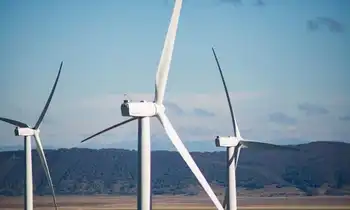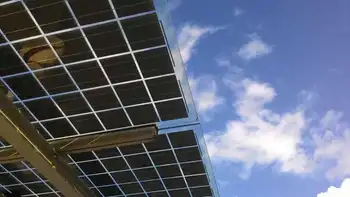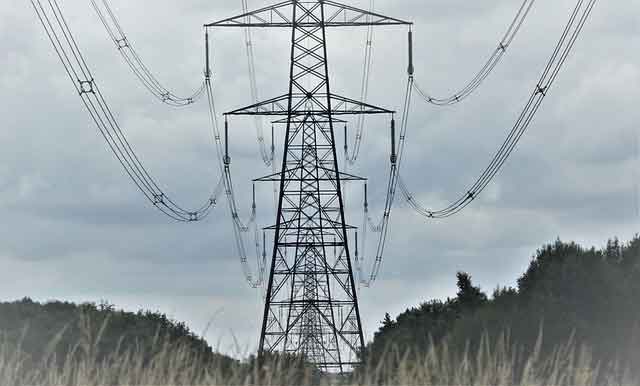New York faces soaring energy bills as utilities seek record rate hikes, aging grid infrastructure demands upgrades, and federal renewable policies shift. Consumers struggle with affordability, late payments, and rising costs of delivery and energy supply across the state.
Why is New York Facing Soaring Energy Bills?
New York faces soaring energy bills because utilities are raising rates to cover the costs of grid upgrades, inflation, and policy-driven changes in energy supply.
✅ Utilities seek double-digit rate hikes across the state
✅ Aging infrastructure and storm repairs increase delivery costs
✅ Federal policies and gas dependence push energy prices higher
New Yorkers are bracing for another wave of energy bill increases as utilities seek record-high rate hikes and policy changes ripple through the state’s power system. Electric bills in New York are the highest they’ve been in over a decade, and more than a million households are now at least two months behind on payments, a sign of pandemic energy insecurity that continues to strain budgets, owing utilities nearly $2 billion.
Record numbers of households have had their electricity or gas shut off this year — more than 61,000 in May alone — despite pandemic shut-off suspensions that had offered temporary relief, the highest the Public Utility Law Project (PULP) has ever recorded. “This August was the group’s busiest month ever,” said Laurie Wheelock, PULP’s executive director, citing a surge in calls to its hotline. “The top concern on people’s minds: rate hikes.”
Utilities across the state are pushing for significant price increases, citing aging infrastructure, the need for climate adaptation, and higher operating costs, as California regulators face calls for action amid rising bills. “We used to see single-digit rate hikes and now we see double-digit rate hikes,” said Jessica Azulay, executive director of the Alliance for a Green Economy. “That’s a new normal that is unacceptable.”
Several utilities have requested delivery rate increases of 25 percent or more, with some proposals as high as 39 percent. Upstate utilities NYSEG and RG&E are seeking to raise electric and gas bills by about $33 a month, although regulators are unlikely to approve the full amount.
The companies argue the hikes are needed “to pay for rebuilding an aging grid and expanding its capacity to meet residents’ and businesses’ service demands,” including storm repairs. They also claim the plan would create more than 1,000 jobs.
James Denn, a spokesperson for the Public Service Commission (PSC), said much of the cost pressure stems from “inflation, higher interest rates, supply chain disruptions, the global push to upgrade electrical infrastructure, and, most recently, the rising risk and uncertainty from tariffs,” trends reflected in U.S. electricity price data over the past two years.
While some have blamed New York’s clean-energy transition, a PSC report found that state climate policies account for only 5 to 9.5 percent of the average household’s electric bill, or approximately $10 to $12 per month. The bulk of the increases still come from traditional spending on infrastructure, storm resilience, and system expansion.
On the supply side, costs are rising too. President Donald Trump’s recent policies have threatened renewable-energy investment nationwide, even as states’ renewable ambitions carry significant costs, potentially adding to New York’s woes. His July “megabill” phases out a 30 percent federal tax credit for solar and wind unless projects begin construction by mid-2026. Industry experts warn that the changes could make renewables “more expensive to build” and “increase reliance on gas.”
“It just means more expensive power,” said Marguerite Wells of the Alliance for Clean Energy New York.
The state estimates Trump’s policy shifts could cost New York $60 billion in lost renewable investment. With fewer clean-energy projects moving forward, gas — which already supplies roughly half of the state’s electricity — will remain the dominant source, tying energy prices to volatile global markets and the kinds of price drivers seen in California in recent years.
Governor Kathy Hochul has called affordability “our greatest short-term challenge,” while consumer advocates are demanding reforms to reduce utility profits and overhaul “rate design,” and to strengthen protections such as the emergency disconnection moratorium that applies during declared emergencies.
“There is definitely a groundswell of concern,” Wheelock said. “We go to meetings and we’re getting questions about rate design, like, ‘What is the revenue decoupling mechanism?’ Never had that question before.”
Related Articles












